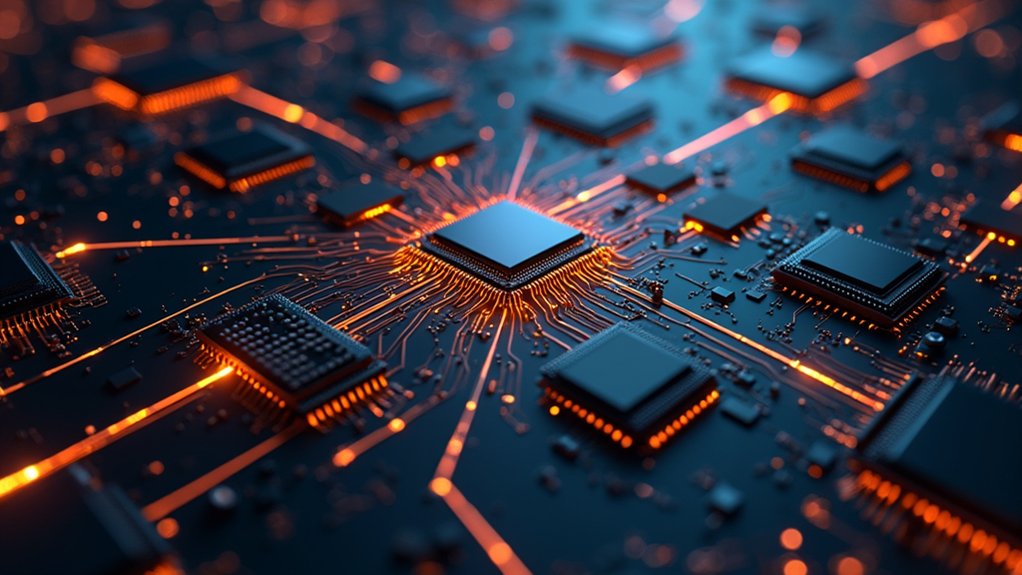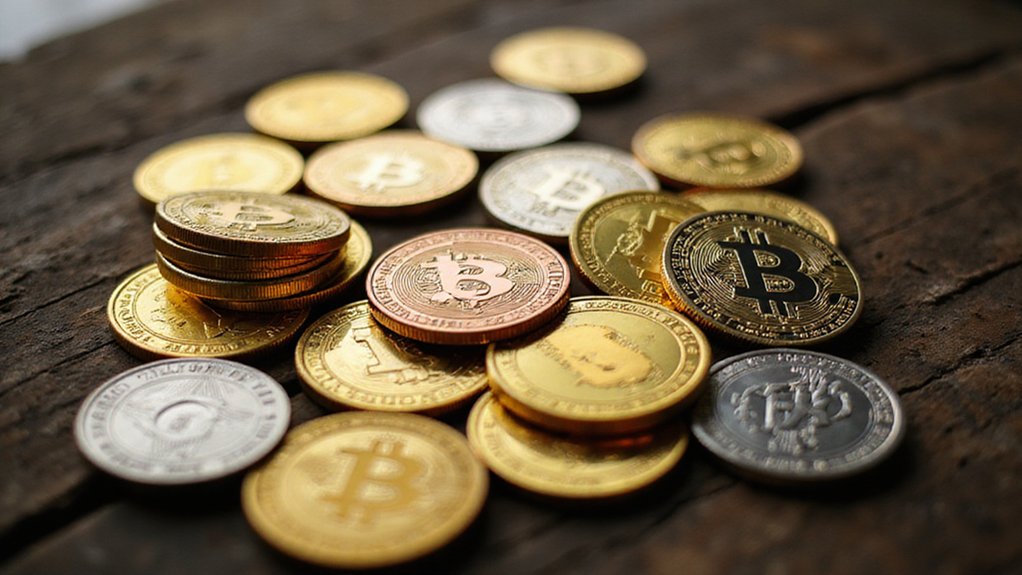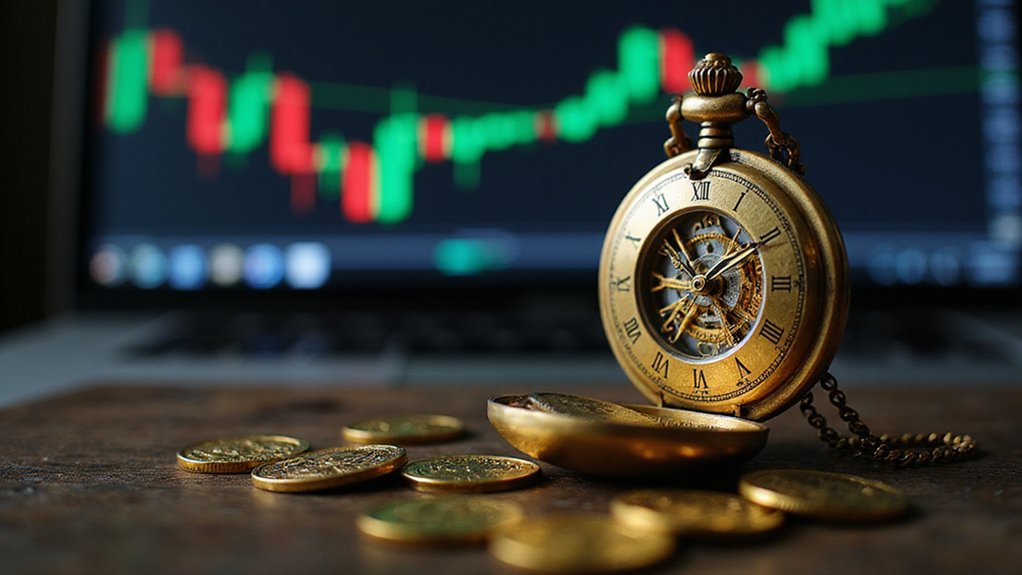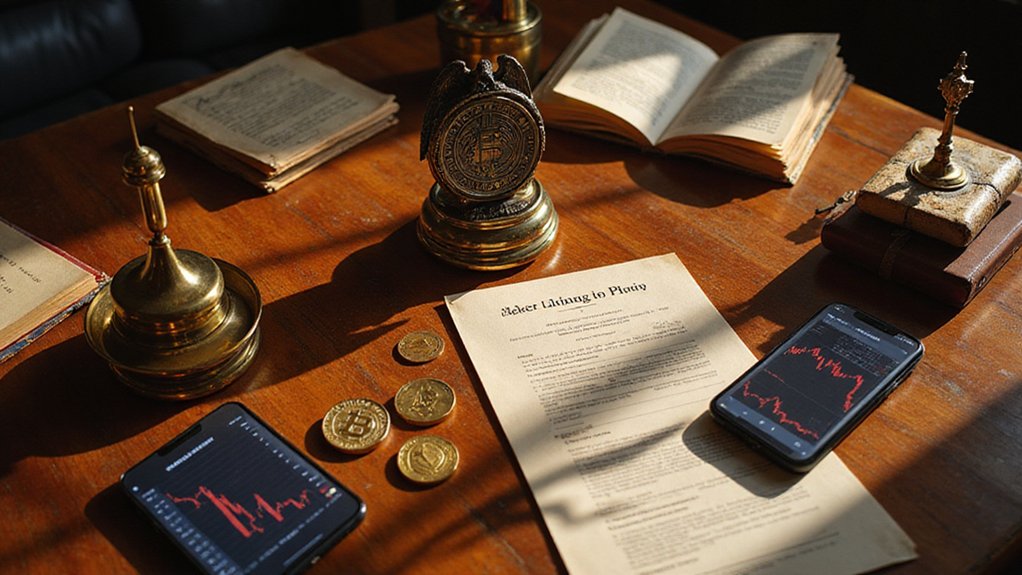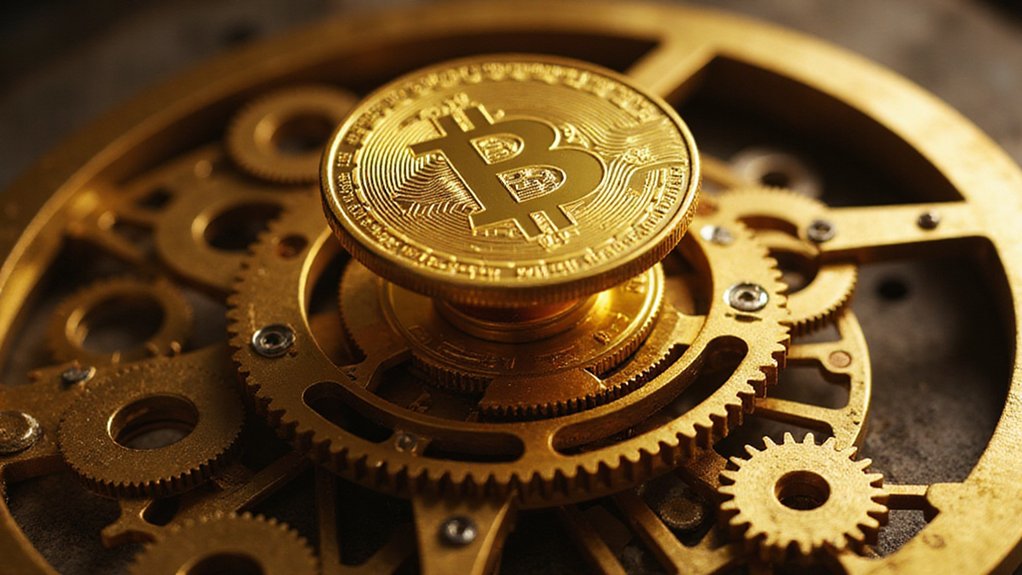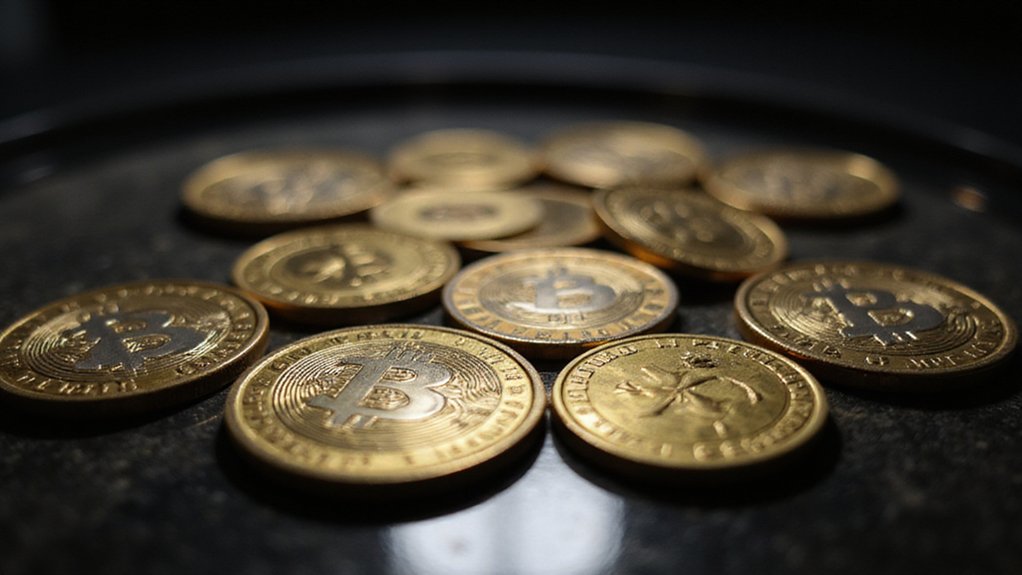Decentralized applications (dApps) operate on blockchain networks where control disperses among participants rather than concentrating within corporate servers. Smart contracts—self-executing agreements embedded in code—automatically enforce predetermined conditions without intermediaries, while network nodes collectively verify transactions and maintain immutable records. This architecture promises enhanced security and transparency, though scalability limitations and notoriously challenging interfaces often complicate user adoption. The technology’s potential to disrupt traditional financial models becomes clearer upon closer examination.
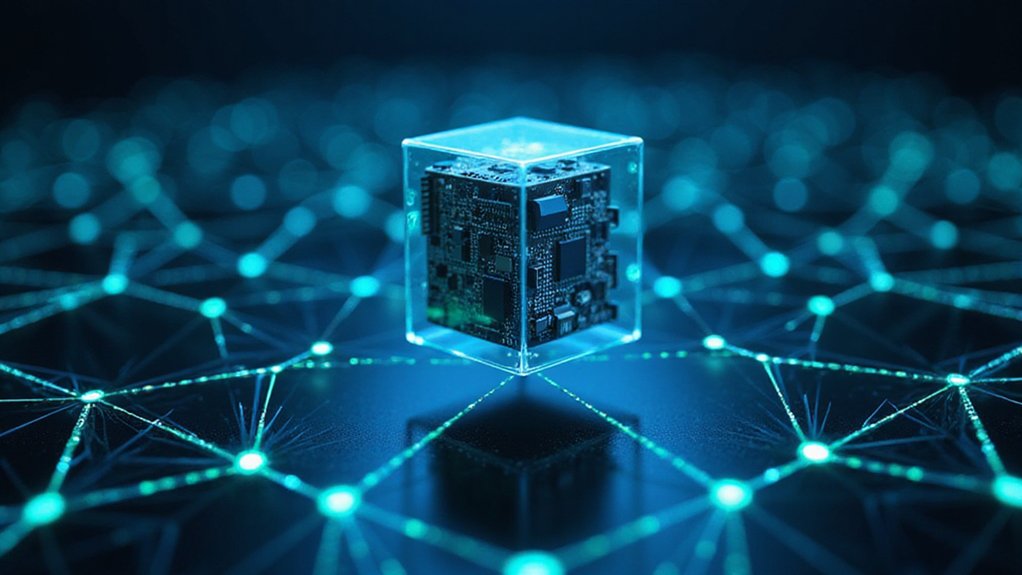
How does one build an application that no single entity controls, yet somehow maintains order and security across thousands of distributed computers?
Decentralized applications (dApps) achieve this seemingly paradoxical feat by operating on blockchain networks—peer-to-peer systems that distribute control among participants rather than concentrating it within traditional corporate hierarchies.
These applications eliminate central authorities through smart contracts, self-executing agreements that automatically enforce predetermined conditions without requiring intermediaries.
The irony, of course, is that removing middlemen often creates more complexity than the original problem demanded, though proponents argue this trade-off yields superior security and transparency.
The promise of simplification through decentralization consistently delivers the opposite—elaborate solutions to problems that simpler systems already solved adequately.
dApps leverage blockchain technology to record every transaction immutably, creating an auditable trail that traditional applications—with their opaque databases and proprietary systems—cannot match.
This transparency extends beyond mere record-keeping; it fundamentally alters how users interact with digital services, shifting power dynamics from corporations to individual participants.
The practical applications span multiple industries: financial platforms facilitate secure transactions without banks, gaming ecosystems operate independently of publishers, supply chain management systems track goods transparently, and voting mechanisms potentially reduce electoral fraud.
Digital art creation has emerged as an unexpected beneficiary, enabling artists to monetize work through blockchain-based marketplaces.
Benefits include enhanced security through cryptographic protection, elimination of censorship risks, open-source development fostering community innovation, and transparent accountability mechanisms.
Yet these advantages come with substantial caveats: scalability limitations constrain user adoption, interface design remains notoriously challenging, and despite security promises, dApps still experience breaches and exploits.
Perhaps most problematically, smart contract immutability—initially marketed as a feature—often becomes a liability when developers discover critical flaws post-deployment. Unlike traditional software that can be easily updated, these digital agreements are permanently stored on the blockchain and cannot be modified once deployed. Network nodes collectively verify transactions and maintain the distributed database, ensuring no single computer can manipulate the system unilaterally.
The regulatory landscape remains frustratingly ambiguous, leaving developers and users traversing uncertain legal terrain. dApps must comply with GDPR for EU users regardless of where the provider operates.
The financial sector faces particular disruption potential, as dApps challenge traditional banking models by offering decentralized alternatives to conventional services.
Whether this technological revolution represents genuine progress or merely reinvents existing solutions with additional complexity remains an open question—one that early adopters answer with their wallets while skeptics observe from the sidelines, occasionally vindicated by spectacular failures.
Frequently Asked Questions
Are Decentralized Applications More Expensive to Use Than Traditional Apps?
Decentralized applications present a fascinating cost paradox—while development expenses ($50,000-$200,000+) greatly exceed traditional apps, operational costs plummet once deployed.
Transaction fees remain minimal without intermediary markup, and maintenance requirements decrease substantially.
Users fundamentally pay upfront premiums for long-term savings, though adoption barriers persist among non-technical demographics.
The economics favor sophisticated users who can navigate blockchain complexity in exchange for reduced ongoing expenses and enhanced control.
Can Decentralized Applications Work Offline or Without Internet Connection?
Decentralized applications can partially function offline through local data storage and caching mechanisms, though their blockchain-dependent nature creates inherent limitations.
While users can access previously downloaded content and perform certain operations locally, transaction validation and smart contract execution typically require network connectivity.
Some dApps employ hybrid architectures that queue transactions for later synchronization, but true offline functionality remains constrained by the fundamental need for distributed consensus—a rather ironic limitation for “decentralized” systems.
How Do I Recover My Data if I Lose Access to a Decentralized Application?
Data recovery in decentralized applications hinges on proactive preparation rather than reactive solutions.
Users can employ Decentralized Recovery (DeRec) protocols, which fragment private keys across trusted helpers—eliminating single points of failure that plague traditional centralized backups.
Should access vanish (through device loss or forgotten credentials), predetermined helpers reassemble encrypted fragments.
The irony? Decentralized recovery requires centralized trust in one’s social network, making digital asset security surprisingly human-dependent.
What Happens to Decentralized Applications When Blockchain Networks Get Congested?
When blockchain networks become congested, decentralized applications effectively grind to a halt—transactions crawl at glacial speeds while fees skyrocket as users desperately bid for processing priority.
DApps dependent on real-time functionality become practically unusable, with confirmation times stretching from seconds to hours.
The irony? Applications designed for seamless peer-to-peer interaction become victim to their own success, forcing developers toward Layer 2 solutions or multi-chain architectures.
Do I Need Cryptocurrency to Use Every Decentralized Application?
Not every decentralized application demands cryptocurrency usage, despite the prevailing assumption that blockchain interaction requires constant token spending.
While most DApps necessitate wallet connectivity for authentication—replacing traditional login credentials with private keys—many offer fee-free exploration or demo functionality.
Gasless Layer 2 networks and community-driven platforms increasingly eliminate mandatory cryptocurrency requirements, though users should expect eventual token demands for advanced features or when network congestion resurfaces those delightful transaction fees.
